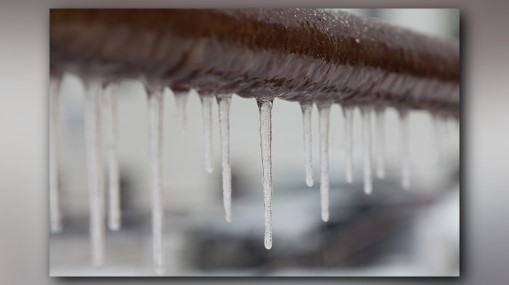What are your thoughts and feelings on Winter Plumbing Precautions: Preventing Frozen Pipes?

Cold weather can damage your plumbing, especially by freezing pipelines. Here's just how to prevent it from occurring and what to do if it does.
Intro
As temperatures decline, the danger of frozen pipelines rises, potentially leading to pricey repair services and water damage. Understanding just how to prevent icy pipes is crucial for home owners in chilly climates.
Comprehending Frozen Pipelines
What causes pipelines to freeze?
Pipelines ice up when subjected to temperature levels below 32 ° F (0 ° C) for expanded periods. As water inside the pipelines ices up, it expands, taxing the pipeline walls and possibly creating them to rupture.
Risks and problems
Frozen pipes can bring about water supply interruptions, home damage, and expensive repair services. Ruptured pipes can flooding homes and trigger substantial structural damages.
Signs of Frozen Pipes
Identifying icy pipelines early can prevent them from rupturing.
Just how to determine frozen pipes
Look for decreased water circulation from taps, uncommon odors or sounds from pipelines, and visible frost on exposed pipelines.
Avoidance Tips
Insulating vulnerable pipelines
Wrap pipes in insulation sleeves or utilize warmth tape to shield them from freezing temperature levels. Focus on pipelines in unheated or outside areas of the home.
Home heating techniques
Keep indoor rooms effectively warmed, especially areas with plumbing. Open cupboard doors to enable warm air to distribute around pipes under sinks.
Securing Outdoor Plumbing
Yard hose pipes and outside taps
Separate and drain pipes yard pipes prior to winter. Install frost-proof faucets or cover outside taps with insulated caps.
What to Do If Your Pipes Freeze
Immediate activities to take
If you believe frozen pipelines, maintain faucets available to soothe stress as the ice thaws. Utilize a hairdryer or towels soaked in hot water to thaw pipes slowly.
Long-Term Solutions
Architectural modifications
Think about rerouting pipes far from exterior wall surfaces or unheated areas. Add additional insulation to attics, basements, and crawl spaces.
Upgrading insulation
Purchase high-grade insulation for pipes, attics, and walls. Correct insulation assists preserve constant temperature levels and lowers the risk of icy pipelines.
Final thought
Avoiding icy pipelines requires aggressive measures and fast feedbacks. By understanding the causes, indicators, and preventive measures, house owners can shield their plumbing during cold weather.
5 Ways to Prevent Frozen Pipes
Drain Outdoor Faucets and Disconnect Hoses
First, close the shut-off valve that controls the flow of water in the pipe to your outdoor faucet. Then, head outside to disconnect and drain your hose and open the outdoor faucet to allow the water to completely drain out of the line. Turn off the faucet when done. Finally, head back to the shut-off valve and drain the remaining water inside the pipe into a bucket or container. Additionally, if you have a home irrigation system, you should consider hiring an expert to clear the system of water each year.
Insulate Pipes
One of the best and most cost-effective methods for preventing frozen water pipes is to wrap your pipes with insulation. This is especially important for areas in your home that aren’t exposed to heat, such as an attic. We suggest using foam sleeves, which can typically be found at your local hardware store.
Keep Heat Running at 65
Your pipes are located inside your walls, and the temperature there is much colder than the rest of the house. To prevent your pipes from freezing, The Insurance Information Institute suggests that you keep your home heated to at least 65 degrees, even when traveling. You may want to invest in smart devices that can keep an eye on the temperature in your home while you’re away.
Leave Water Dripping
Moving water — even a small trickle — can prevent ice from forming inside your pipes. When freezing temps are imminent, start a drip of water from all faucets that serve exposed pipes. Leaving a few faucets running will also help relieve pressure inside the pipes and help prevent a rupture if the water inside freezes.
Open Cupboard Doors
Warm your kitchen and bathroom pipes by opening cupboards and vanities. You should also leave your interior doors ajar to help warm air circulate evenly throughout your home.

We were made aware of that article on Helpful Tips to Prevent Frozen Pipes this Winter through a friend on our other web property. Remember to take a moment to promote this write-up if you enjoyed reading it. Thanks for your time. Return soon.
Call Today